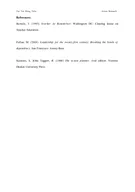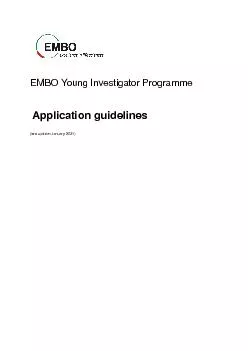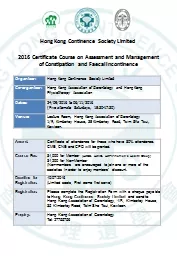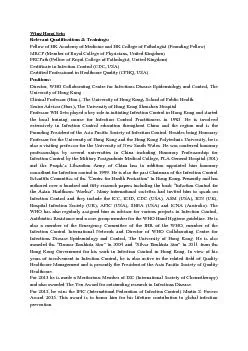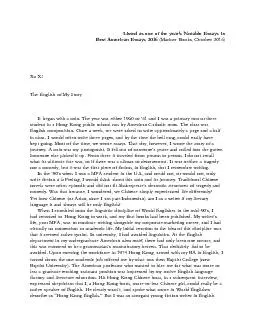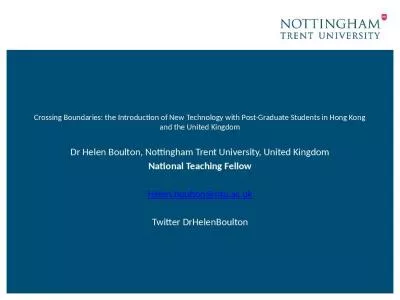PDF-Yip Yat Shing Felix Action Research Will the use of IT arouse students interests in learning
Author : phoebe-click | Published Date : 2015-03-18
Not all students learn at the same pace even though they are separated in classes according to their learning abilities Thus there are always two questions in my
Presentation Embed Code
Download Presentation
Download Presentation The PPT/PDF document "Yip Yat Shing Felix Action Research Will..." is the property of its rightful owner. Permission is granted to download and print the materials on this website for personal, non-commercial use only, and to display it on your personal computer provided you do not modify the materials and that you retain all copyright notices contained in the materials. By downloading content from our website, you accept the terms of this agreement.
Yip Yat Shing Felix Action Research Will the use of IT arouse students interests in learning: Transcript
Download Rules Of Document
"Yip Yat Shing Felix Action Research Will the use of IT arouse students interests in learning"The content belongs to its owner. You may download and print it for personal use, without modification, and keep all copyright notices. By downloading, you agree to these terms.
Related Documents

